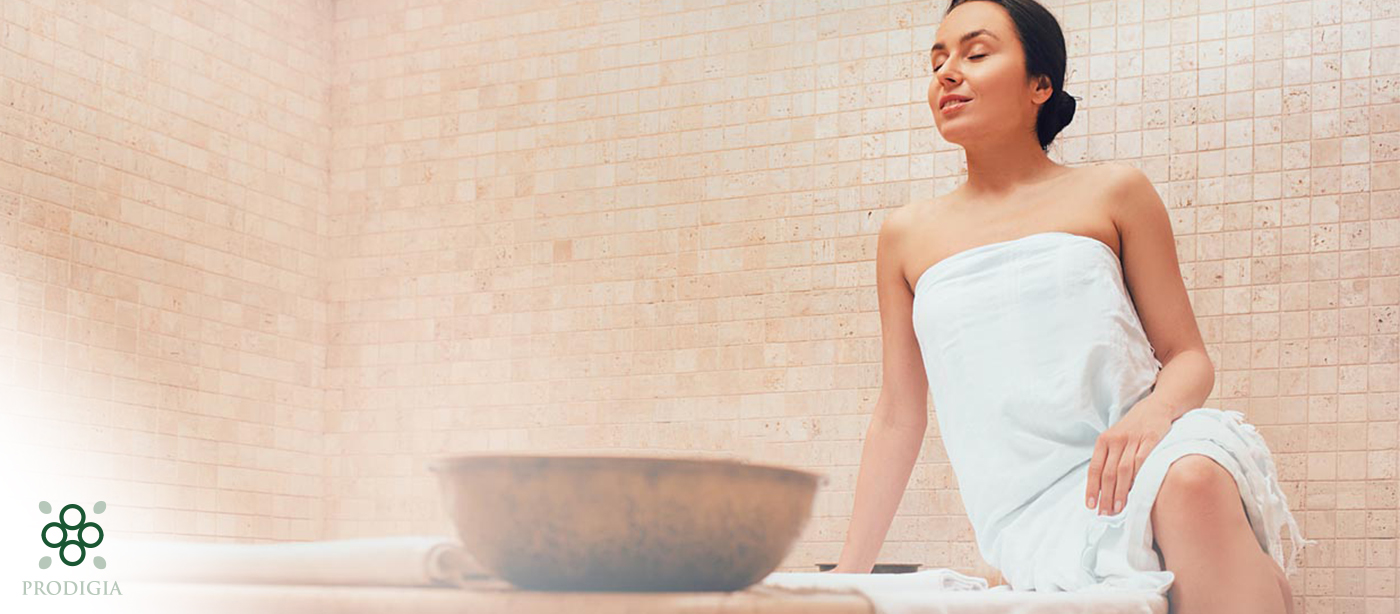Different steps exist for body care, and each of these steps have natural cosmetic products that are suitable for it. One thing is certain, exfoliation is a crucial step because it allows moisturizing products to penetrate more easily and deeper into the epidermis, and therefore to be absorbed more easily. What if you offered your customers a scrub with the bewitching scent of woody coffee? What is mechanical exfoliation and what effects does the coffee scrub have on the skin? Discover all the answers in this article:
What is mechanical exfoliation?
The skin naturally sheds old skin cells to make room for new ones. Excessive accumulation of dead cells found on the most superficial layer of the epidermis can prevent the skin from breathing, but also make it less receptive to care. Exfoliation is therefore an essential step in the skincare routine.
Thanks to the abrasive action of exfoliating elements on the surface of the skin, it is exfoliated and purified. This is called mechanical or “grain” exfoliation. In the case of a coffee scrub, there is also the ecological aspect of using this organic matter in the composition.
What effects does the coffee scrub have on the skin?
In addition to being essential to help the skin stay smooth and soften immediately after each use, the coffee body scrub has a large number of benefits. It helps to activate blood circulation, circular movements help to stimulate blood circulation and venous return to find a rejuvenated and firmed skin.
In a scrub, coffee has an action on fat cells and the orange peel appearance. When performed regularly, it can reduce cellulite and give an anti-cellulite and anti-orange peel effect. The firming active ingredients of coffee, combined with circular and energetic movements, can even reduce fat.
As coffee provides the scrub with its exfoliating, antioxidant and firming active ingredients, it gives it toning, decongestant and draining properties. The skin regains its radiance and its elasticity is improved.
Woody coffee, a captivating fragrance
What could be better than the bewitching scent of woody coffee to end a shower or bath ritual on a spicy and delicious note? Make the senses of your customers vibrate by offering them this coffee body scrub.
Are you looking to launch a natural cosmetic product that will revolutionize bathing rituals? Discover Prodigia’s Body Coffee Scrub, available in White Label. Contact us!












